A Conversation with Deb Sheehan, ACHE, LEED AP, DBIA, and Barbara Wagner, LEED AP, FDBIA
Lauren Zampella, Communications Manager, Clark Construction Group, contributed to this series.
Healthcare construction is evolving rapidly to meet the growing demands of patient care, technology integration and resilience. In this two-part series, DBIA explores how design-build is transforming the healthcare sector with insights from industry leaders Deb Sheehan, ACHE, LEED AP, DBIA, and Barbara Wagner, LEED AP, FDBIA. Part one focuses on the immediate impact of design-build on healthcare facilities, while part two will look ahead at how the method is future-proofing healthcare construction.
“We’re not just building facilities; we’re building the future of healthcare,” said DPR Construction’s Healthcare Market Strategy Leader Deb Sheehan, ACHE, LEED AP, EDAC, DBIA, reflecting on the challenges and opportunities facing today’s healthcare sector.
With increased pressure for faster project delivery, tighter budgets and evolving patient care needs, healthcare construction is at a turning point, and for leaders like Sheehan and Executive Vice President for Clark Construction Group Barbara Wagner, LEED AP, FDBIA, the solution is clear. Design-build is not only a more efficient way to build but also the key to creating flexible, resilient healthcare environments.
Healthcare facilities are unique — critical patient care demands mean there’s no room for error, and timelines are often impossibly tight. The foundation of design-build –– a single entity responsible for both design and construction –– makes it a powerful tool for healthcare providers looking to meet these challenges head-on.
Meeting Tight Timelines and Critical Needs
One project that exemplifies the ability of design-build to meet these urgent demands is the Grady Memorial Hospital Bed Expansion in Atlanta. A DBIA Project/Team National Award of Merit winner in 2024, the Grady project added 52 new beds in just eight months –– a remarkable timeline, especially given the urgency created by the pandemic. The design-build team was able to compress the construction schedule by working collaboratively and using innovative techniques such as prefabrication and modular design.
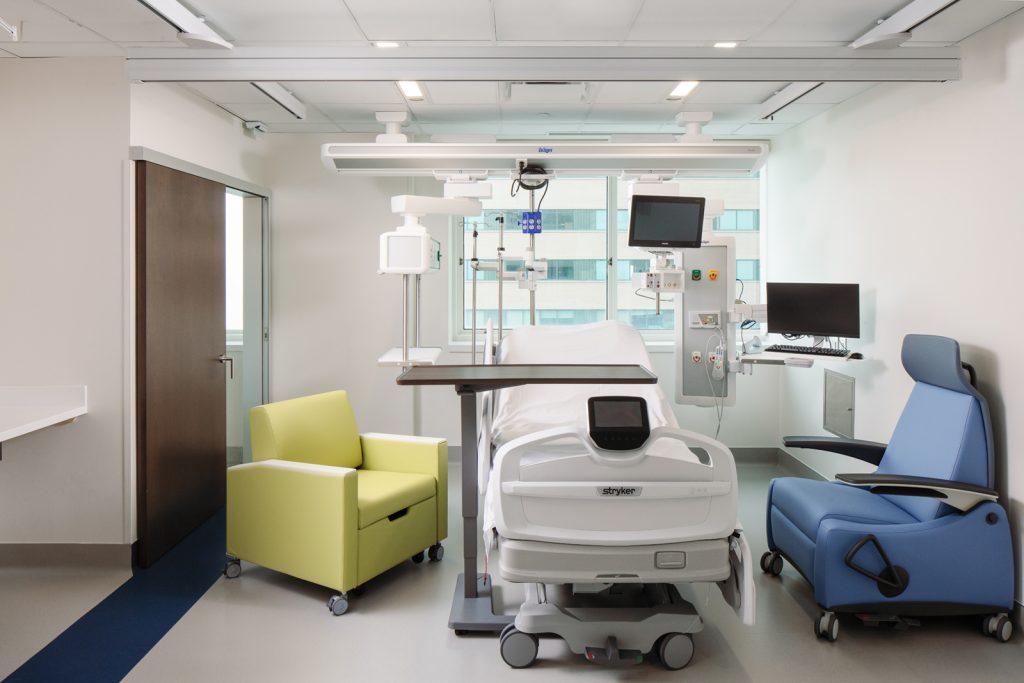
In healthcare, timelines are often non-negotiable, especially when expanding capacity or responding to emergencies like the COVID-19 pandemic. Balancing urgent timelines with the safety and care of patients is a hallmark of healthcare construction, a feature tailor-made for the use of design-build.
“When lives are at stake, speed is essential –– but it cannot come at the expense of quality and safety,” said Sheehan. “With design-build, we can streamline processes while still delivering the highest standards of care.”
The Grady Memorial project is a great example of how collaboration and innovation can accelerate timelines without cutting corners. Its success demonstrates the impact of early collaboration between stakeholders, including healthcare providers, engineers and contractors, to keep safety and patient care as the top priorities, even when time is short.
Maximizing the Advantages of Progressive Design-Build
Choosing the right procurement method can make or break a healthcare project, and both Sheehan and Wagner agree that collaborative project delivery methods like design-build –– including progressive design-build (PDB)1 –– offer distinct advantages. “Early integration of design and build professionals yields higher outcomes,” Sheehan remarked. “It allows teams to streamline processes, share expertise and collaborate more openly. The results speak for themselves –– projects are delivered faster and with fewer surprises.”
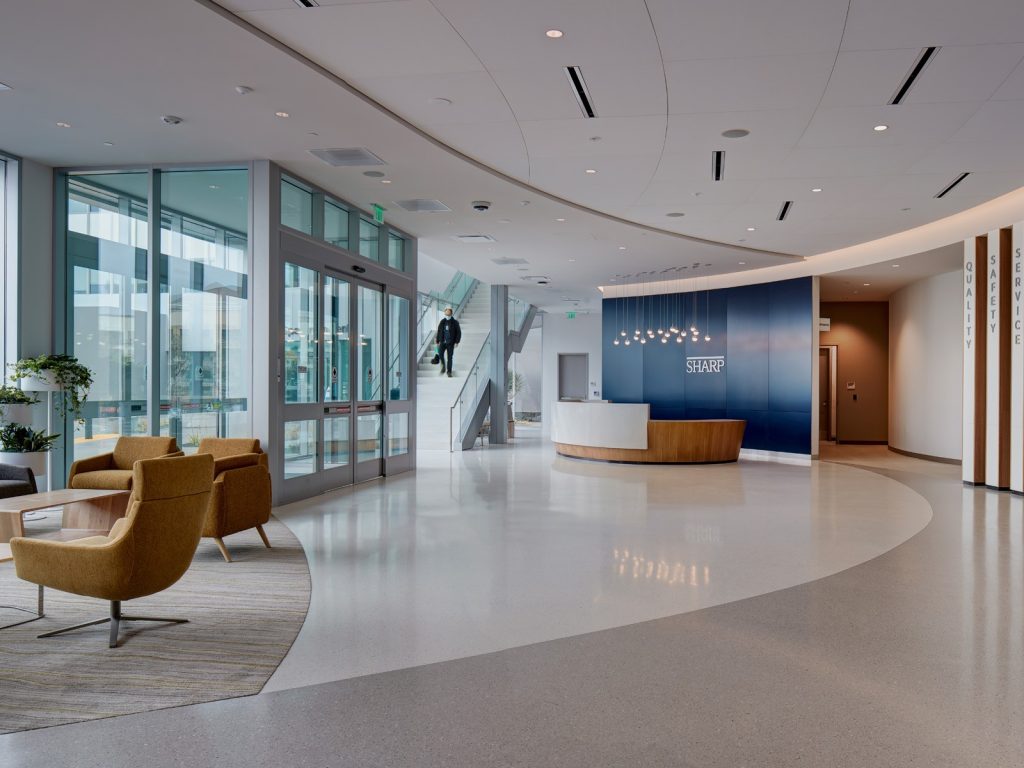
A prime case study is Sharp Prebys Innovation and Education Center, located in San Diego, California. Designed as a hub for education, research and healthcare innovation, the facility faced challenges in integrating advanced technology and ensuring seamless coordination between healthcare staff and the design-build team. For example, healthcare staff collaborated with the design-build team to optimize the layout of the four immersive hospital simulation labs (OR, ICU, Patient, Ward), ensuring these spaces accurately reflected real-world clinical environments for effective hands-on learning. Additionally, the integration of flexible event and training spaces was refined through continuous feedback from staff to support both educational programming and operational needs.
The collaborative nature of design-build was key to overcoming those hurdles.
“Design-build isn’t just about getting the job done quickly,” said Wagner. “It’s about making sure the architects, engineers and healthcare providers are in sync from day one. That’s how you create a facility that works for patients, staff and the future.”
The project’s success was further recognized with a 2023 DBIA Merit Award, acknowledging the team’s dedication to Design-Build Done Right®. By bringing together all stakeholders from the outset, the Sharp Prebys project team was able to not only complete the center on time but also exceed expectations in functionality, flexibility and innovation.
Collaborating for Success in Complex Environments
Healthcare construction projects are complex, involving diverse systems like patient care, utilities and cutting-edge technology. Collaboration between architects, engineers, contractors and healthcare staff is essential, and design-build excels at supporting seamless delivery for even the most technologically complex healthcare facilities. This approach was key to the success of the Ventura County Medical Center (VCMC) Hospital Replacement Wing, a project led by Wagner’s firm Clark Construction Group in partnership with design partner HOK.
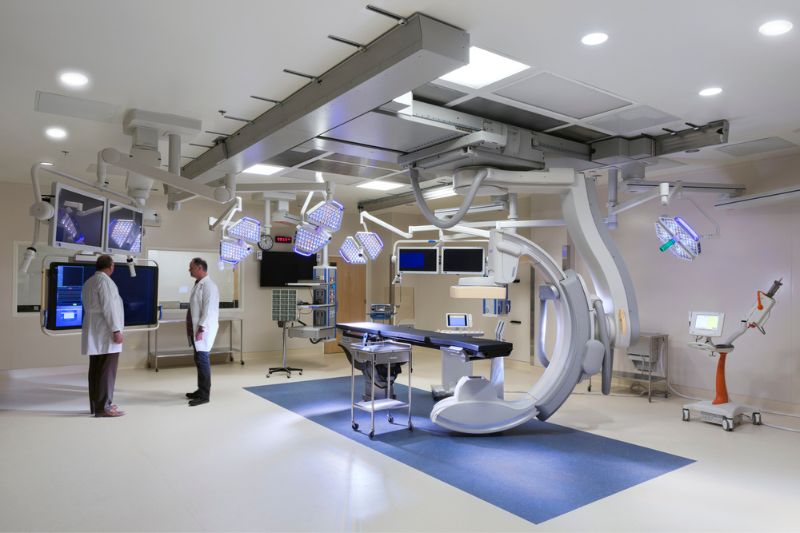
Wagner explained, “VCMC was a design-build project awarded based on a conceptual design derived from the client’s program. It clearly shows the benefits of collaboration and working early on from concept with the clinical and facility staff to achieve a successful solution.”
Although completed several years ago, the project remains a strong illustration of the power of collaborative delivery and problem-solving. Faced with California’s seismic safety regulations, the project team needed to replace outdated facilities with a modern healthcare wing, all while adhering to a strict deadline.
“The earlier we bring all stakeholders to the table, the better,” Wagner explained. “Everyone is working from the same playbook, and that level of coordination makes all the difference when you’re navigating the complexities of healthcare construction.”
By engaging all stakeholders early, the team was able to break down silos, saving both time and money. The Ventura County Medical Center project shows how collaborative delivery methods like design-build all but guarantee even the most complex healthcare facilities can be completed efficiently and safely. Though it predates many of the projects discussed here, the lessons learned continue to inform modern healthcare construction.
Balancing Budgets and Innovation
Managing tight budgets while delivering cutting-edge healthcare environments is no small feat. With post-pandemic financial challenges affecting many academic medical centers, controlling costs is more important than ever. Design-build offers flexibility in addressing these constraints, allowing teams to meet budget demands without compromising on quality or innovation.
The University of California, Irvine’s (UC Irvine) Susan and Henry Samueli College of Health Sciences Building and Sue and Bill Gross Nursing and Health Sciences Hall project is a brilliant example of balancing budget considerations with innovative design and construction. The project earned multiple accolades, including DBIA’s 2023 National Award of Excellence and National Award of Merit in Healthcare Facilities as well as Best in Process – Best Value.
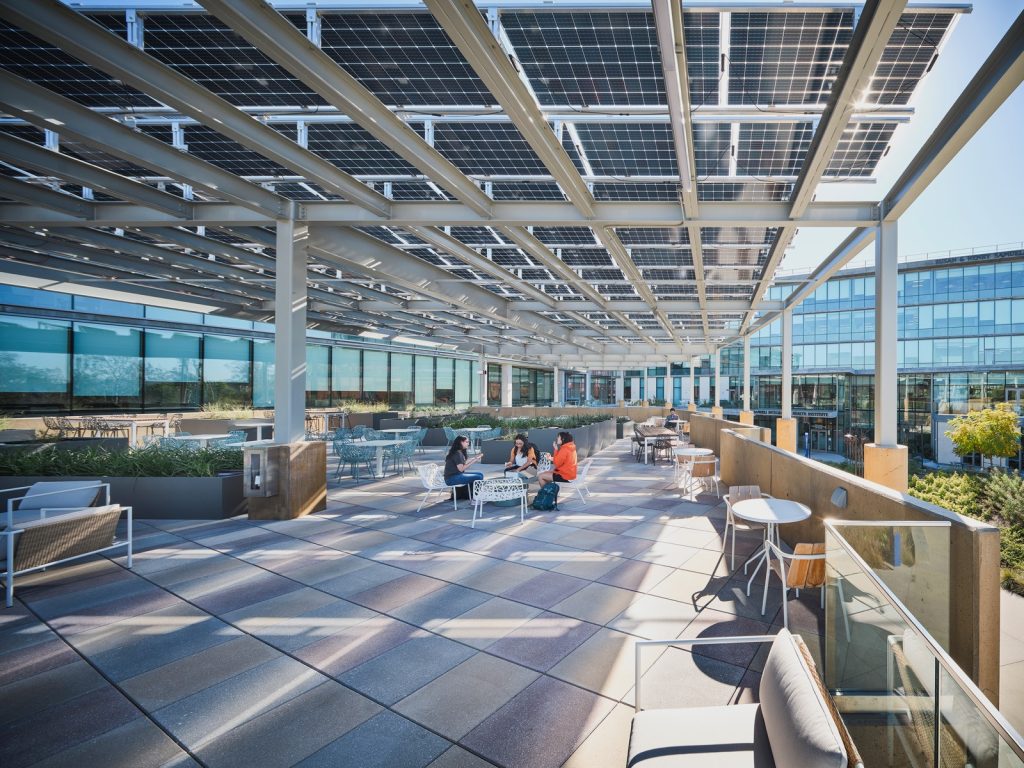
“We’re able to tie project costs directly to patient revenue streams, which helps our clients see where the capital investment is going and how it impacts the business case objectives,” Sheehan explained. This approach was especially critical for the UC Irvine project, which needed to deliver a state-of-the-art educational and research facility while adhering to strict budgetary constraints.
By implementing a design-build approach, the team was able to integrate advanced medical and educational technologies without breaking the bank. Early contractor involvement allowed for value engineering and ongoing budget assessments throughout the project, keeping costs in check and delivering an innovative, high-value facility.
“Hospital systems are still recovering from the financial strain of the pandemic,” Wagner added. “Design-build offers flexibility in managing those constraints while delivering high-quality care environments.” These new facilities at UC Irvine demonstrate how early collaboration and budget transparency can deliver excellence without financial overreach.
Early Involvement Drives Innovation
Incorporating cutting-edge technology and specialized equipment is essential in modern healthcare facilities. Early contractor involvement, a trademark of design-build, ensures these innovations are flawlessly integrated into the project from the start for improved efficiency and functionality.
The El Paso VA Health Care Center –– a new project currently under construction –– demonstrates how early involvement can support innovation and ensure complex healthcare environments meet the needs of their patients. Wagner, through her leadership role at Clark Construction, has been directly involved in the project, which will provide critical healthcare services to the veteran community in the El Paso region.
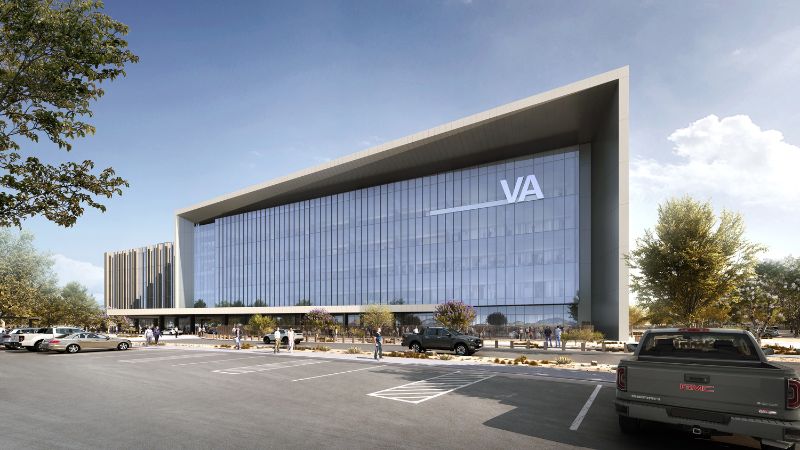
“Early contractor involvement allows us to bring the right people to the table before construction even begins,” Wagner explained. “In a project like the El Paso VA Health Care Center, where we’re working with advanced medical technologies and complex patient needs, that early collaboration ensures everything is integrated smoothly and on time.”
The El Paso VA project will deliver a comprehensive healthcare facility tailored specifically for veterans, with features like telehealth services, rehabilitation spaces and mental health care –– all united into a single, state-of-the-art facility. Early contractor involvement made innovation possible, including the use of prefabrication and modular construction to accelerate timelines and maintain quality.
“The veterans served by this facility deserve the best care possible, and design-build allows us to create a facility that’s both innovative and responsive to their needs,” Wagner said.
As the El Paso VA Health Care Center takes shape, it exemplifies the impact of early involvement and collaboration when taking on high-quality, specialized healthcare environments. The project’s August 2024 groundbreaking marked the beginning of a new era of healthcare delivery for veterans in the region.
Grady Memorial Hospital Bed Expansion Stats:
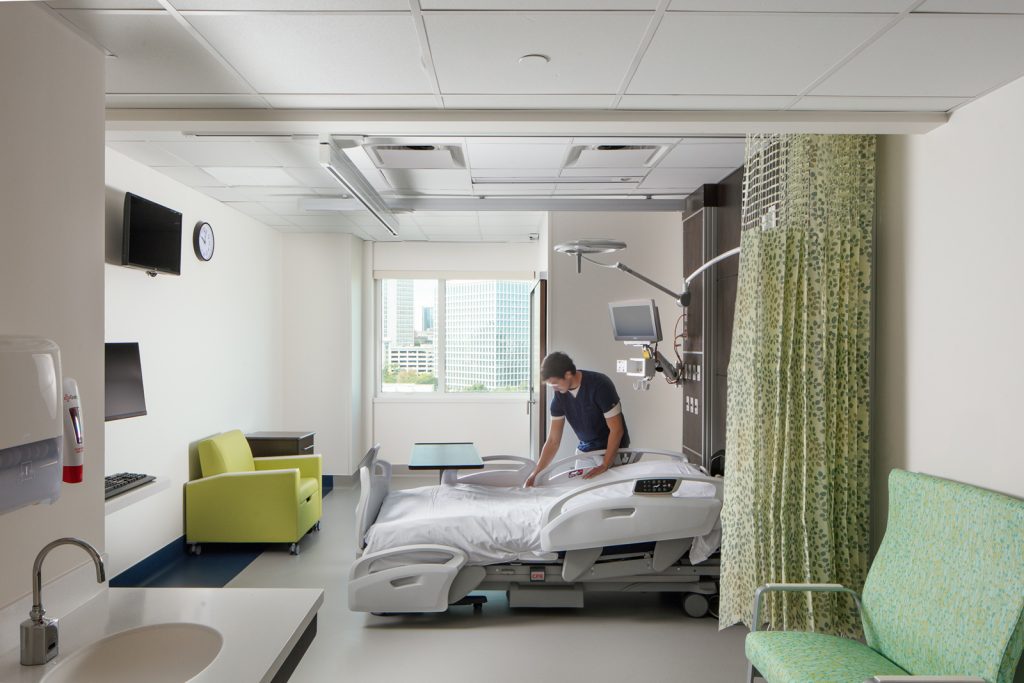
- Location: Atlanta, GA
- Completion: 8 months
- Scope: 52 new beds added
- Key Techniques: Prefabrication, modular design
- Challenge: Increase capacity during the COVID-19 pandemic while maintaining full hospital operations
- Awards: DBIA National Award of Merit, Healthcare Facilities (2024)
Sharp Prebys Innovation and Education Center Stats:
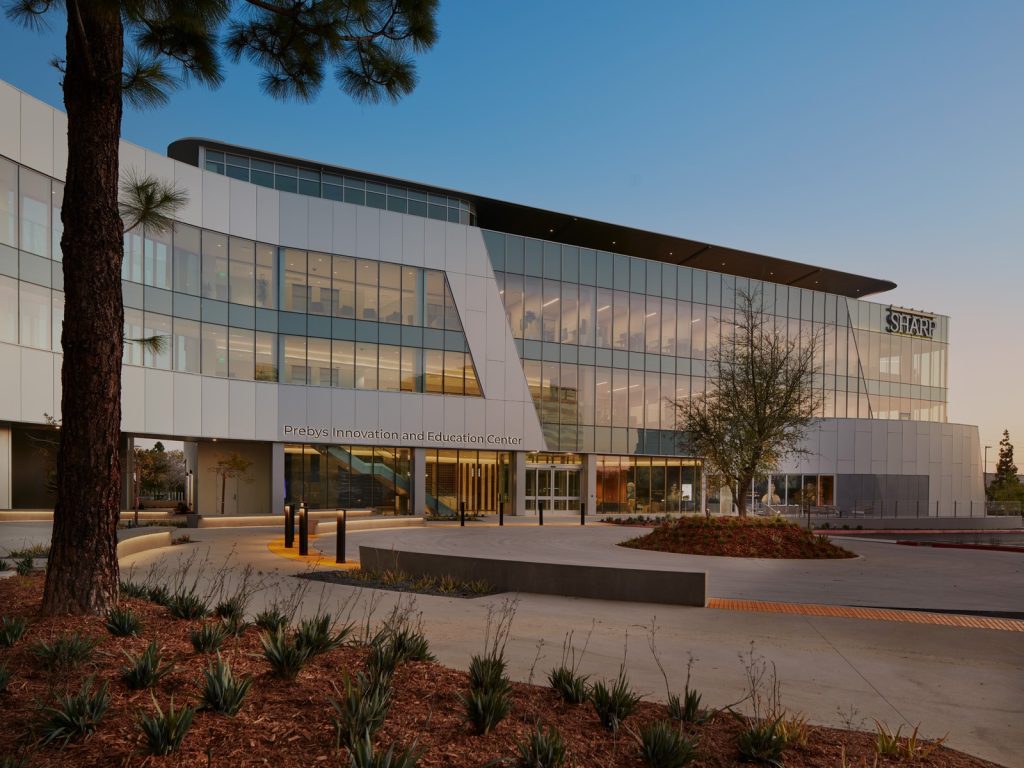
- Location: San Diego, CA
- Completion: 2023
- Scope: Education, research and innovation hub
- Key Techniques: Advanced technology integration, collaborative design-build approach
- Awards: DBIA National Award of Merit, Healthcare Facilities (2023)
Ventura County Medical Center Hospital Replacement Wing Stats:
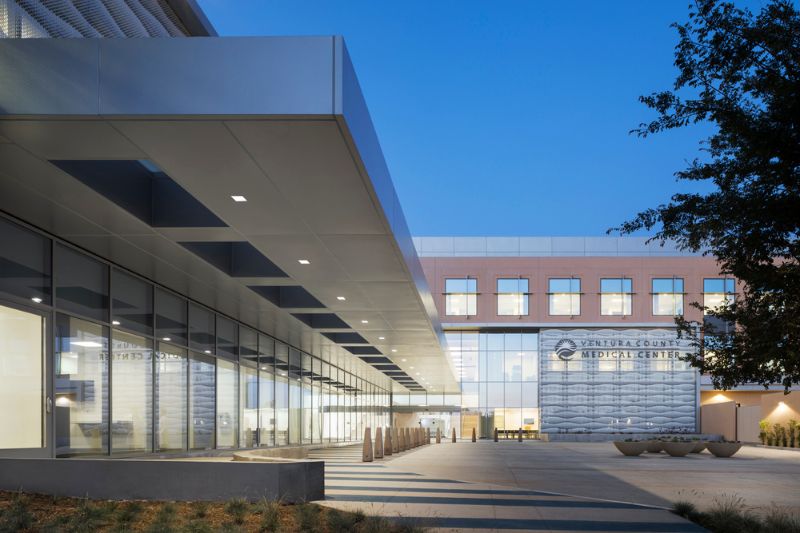
- Location: Ventura, CA
- Scope: Replacement of outdated facilities with modern healthcare wing
- Key Techniques: Integrated delivery, continuous stakeholder engagement
- Challenge: Strict deadline for compliance with California seismic safety regulations
- Awards: DBIA National Award of Merit, Healthcare Facilities (2018); AGC Build America Award, Design-Build Building (2018)
University of California, Irvine’s Susan and Henry Samueli College of Health Sciences Building and Sue and Bill Gross Nursing and Health Sciences Hall
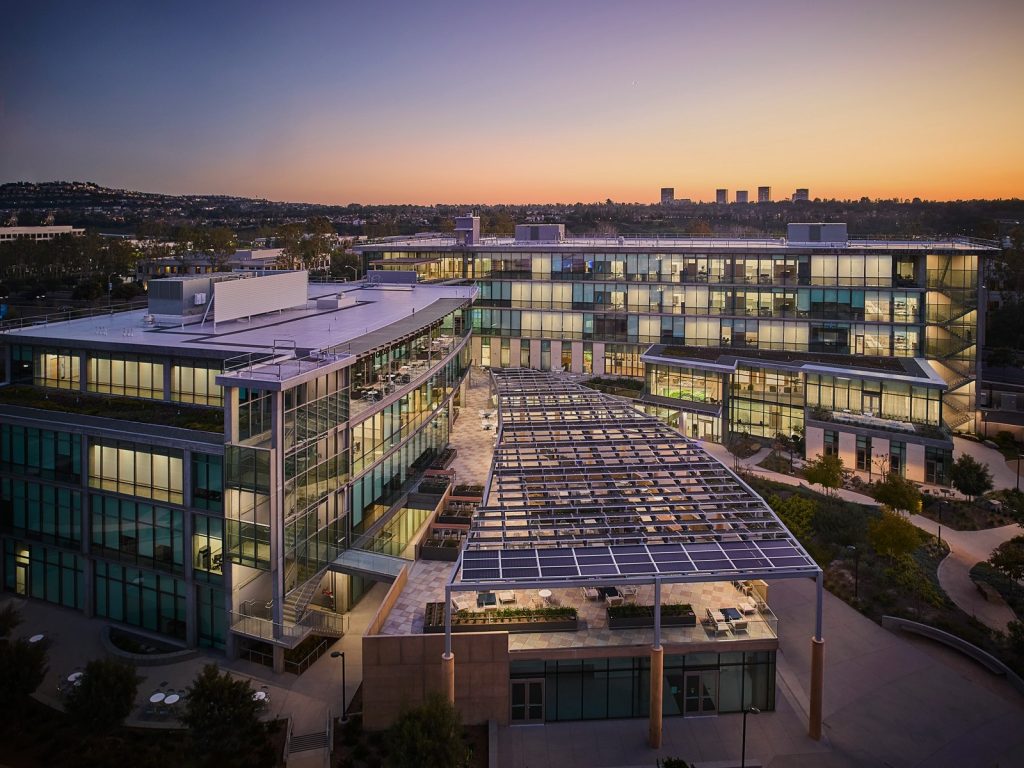
- Location: Irvine, CA
- Scope: Educational and healthcare facility integrating medical and nursing sciences
- Key Techniques: Value engineering, early contractor involvement, budget transparency
- Challenge: Delivering an innovative facility under strict budgetary constraints
- Awards: National Award for Best in Process – Best Value (2023), National Awards of Merit and Excellence in Healthcare Facilities (2023)
El Paso VA Health Care Center Stats:

- Location: El Paso, TX
- Completion: Groundbreaking August 2024, ongoing
- Scope: Comprehensive healthcare services, including telehealth, rehabilitation and mental health care for veterans
- Key Techniques: Early contractor involvement, prefabrication, modular construction
- Challenge: Integrating advanced healthcare technologies while maintaining strict timelines
Check out part two of this series, where we explore how design-build is driving future-proofed healthcare construction and helping healthcare systems navigate seismic compliance, sustainability and long-term resilience.
- Progressive Design-Build (PDB) is a procurement method that uses primarily a qualifications-based selection, followed by a process whereby the Owner then “progresses” toward a design and contract price with the team. Download DBIA’s Progressive Design-Build Deeper Dive free in the DBIA Bookstore.
↩︎
Meet the Experts

Deb Sheehan, ACHE, LEED AP, DBIA
Healthcare Market Strategy Leader, DPR Construction
With over 30 years of experience, Deb Sheehan is recognized for her evidence-based project delivery approach, overseeing more than $9.5 billion in design solutions for the built environment. She champions strategies that shape industry trends and anticipate future solutions. Sheehan’s work has been featured in The Wall Street Journal, Fast Company and Modern Healthcare, and she frequently contributes to top industry publications like Modern Healthcare Magazine and Becker’s Hospital Review.
Sheehan has earned numerous accolades, including Building Design & Construction’s 40-under-40 award and recognition as one of the Healthcare Design Top Twenty Making a Difference in Healthcare. She also serves on the Design-Build Institute of America’s National Board of Directors and holds DBIA, LEED and Evidence-Based Design certifications.
Fun Fact:
In addition to her work in healthcare, Sheehan has advised international clients like the Turkish Ministry of Health on groundbreaking innovations in project delivery.
Barbara Wagner, LEED AP, FDBIA
Executive Vice President, Clark Construction Group
With nearly four decades of experience in healthcare construction, Barbara Wagner has led some of the country’s most complex healthcare projects, including the Naval Hospital at Camp Pendleton, Stanford Adult Hospital and Ventura County Medical Center Hospital Replacement Wing.
As Executive Vice President at Clark, Wagner spearheads the company’s healthcare strategy, working closely with health systems to track emerging trends and technologies. Her leadership is grounded in deploying design-build best practices to solve the challenges unique to healthcare construction.
In 2023, Wagner was named a Design-Build Institute of America Fellow, the highest level of DBIA Certification, recognizing her as one of the nation’s most accomplished design-build professionals.
Fun Fact:
Outside of her work, Wagner is an advocate for local community wellness initiatives and enjoys volunteering with healthcare advocacy groups in her free time.

Additional Contributor

Lauren Zampella
As communications manager at Clark Construction, Lauren Zampella promotes the Clark brand on the West Coast, aligning regional goals with corporate strategy. She is also responsible for corporate branding, ensuring marketing materials and content meet standards.

